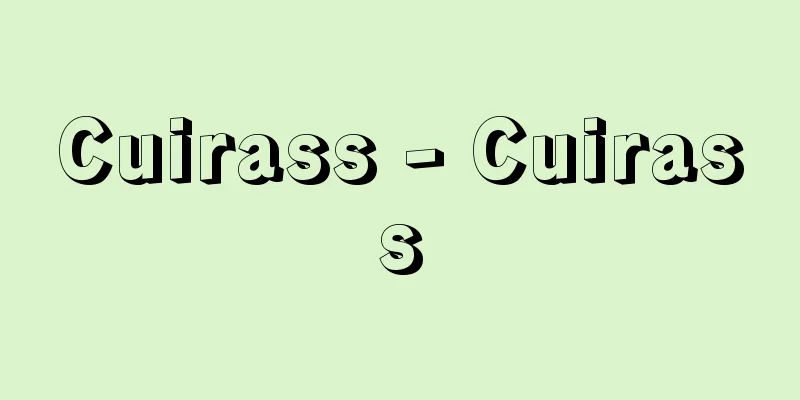Anomaly of the rotation

What is the disease? As labor progresses, the fetus gradually changes position to make it easier to pass through the birth canal and enter the pelvis. This process is called rotation, and can be assessed by a pelvic examination. ① First rotation (Figure 17): The fetus in cephalic presentation is in a flexed position with its chin pulled in at the pelvic inlet and touching its chest. This position is the thinnest for the fetus to enter the birth canal, making it easier for the fetus to pass through the birth canal. Conversely, if the fetus is in a position with its chin raised, ② Second rotation (Figure 18): The fetal head enters the birth canal sideways, gradually rotates as it descends, and when it comes out, it is vertical with its face facing the back of the mother. In this case, the back of the baby's head is in front of the mother's body, so An abnormality in the second rotation is when the second rotation does not occur and the fetal head descends sideways until it reaches the pelvic outlet. ③Third rotation (Figure 18): When the fetal head descends to the pelvic outlet in an anterior occipital position, the occipital ④Fourth rotation : After the fetal head is delivered, it returns to its original sideways position. This is called the fourth rotation. What is the cause? Pelvic morphological abnormalities How symptoms manifestIf labor does not progress despite continued contractions, it is necessary to check for abnormal rotation. Contractions may weaken over time and become feeble contractions, or conversely, they may become stronger and become hypertonic contractions. Testing and diagnosisThe diagnosis is made using a pelvic examination, ultrasound, and, if needed, x-rays of the pelvis. Treatment methods Even if the baby has a rotational abnormality, if the pelvis is wide enough and there is sufficient contraction, the baby can still go through labor. However, if the baby does not progress, What to do if you notice an illnessIf labour is not progressing well, tests will be carried out to check for possible abnormal rotation. Shinya Umino "> Figure 17 First rotation "> Figure 18 Second and third rotations Source: Houken “Sixth Edition Family Medicine Encyclopedia” Information about the Sixth Edition Family Medicine Encyclopedia |
どんな病気か 分娩の経過とともに、胎児は産道をとおりやすいように少しずつ体の向きを変えながら、骨盤内に進入していきます。これを回旋と呼び、内診によって評価されます。 ①第一回旋(図17):頭位の胎児は骨盤入口部であごを引いて胸につけた屈位をとる。この胎勢が産道に入る姿勢としては最も児頭が細くなって産道をとおりやすくなる。胎児が逆にあごをあげた姿勢をとる場合、 ②第二回旋(図18):児頭は横向きで産道に入り、下降とともに徐々に回転し、出る時には縦向きで顔面が母体の背側を向く。この場合、母体の前方に子の後頭部があるので 第二回旋の異常としては、第二回旋が起こらず、児頭が骨盤の出口付近まで横向きのまま下降する ③第三回旋(図18):児頭が前方後頭位で骨盤の出口まで下降すると後頭部は ④第四回旋:児頭は娩出されると、もとの横向きにもどる。これを第四回旋と呼ぶ。 原因は何か 骨盤の形態異常や 症状の現れ方陣痛が持続しているのに分娩が進行しない場合、回旋異常の有無を検討する必要があります。時間とともに陣痛が弱くなって微弱陣痛になってしまう場合、また逆に強くなって過強(かきょう)陣痛になってしまう場合もあります。 検査と診断内診、超音波検査、必要に応じて骨盤のX線検査を行って診断します。 治療の方法 回旋異常になっても骨盤に十分な広さがあり十分な陣痛があれば分娩の進行が可能なことも多いのですが、分娩の進行が認められない場合は、 病気に気づいたらどうする分娩の進行が不良な場合は、回旋異常の可能性を考えて検査を行います。 海野 信也 "> 図17 第一回旋 "> 図18 第二・第三回旋 出典 法研「六訂版 家庭医学大全科」六訂版 家庭医学大全科について 情報 |
Recommend
Ligidium japonicum (English name) Ligidiumjaponicum
...It is often used as a material for various exp...
Joint sales company - Kyodo Hanbai Gaisha
A syndicate is a company formed to jointly sell th...
Sipingshan Ruins (English: Sipingshan Ruins)
A group of late Neolithic tombs in Yingchengzi, Da...
Relapsing fever
Relapsing fever, a condition characterized by repe...
Myozenji Temple
An independent head temple of the Nichiren sect in...
Kyara Sendaihagi
A Kabuki script and a title of Joruri. A historica...
Symplocarpus foetidus Nutt.var.latissimus (Makino) Hara
A perennial plant of the Araceae family (illustrat...
Ibn al‐Kalbī
?-819 or 821 Arab genealogist and historian. A res...
Maple syrup (English spelling)
...Around February and March, when the sap flow i...
Concentration camp - Konzentrationslager (English spelling) German
Unlike regular prisons, prison camps, or refugee ...
Abu'l-'Abbās Amad ibn Muammad ibn Kathir al-Farghāin
Date of birth and death unknown. Islamic astronom...
Intuitionism
It is a position on the foundations of mathematic...
trespass
…There are two types of nuisance: (1) human infri...
Choan - Choan
A district on the right bank of the lower Han Rive...
Churriguera, JB
…An architectural style of the late Spanish Baroq...









